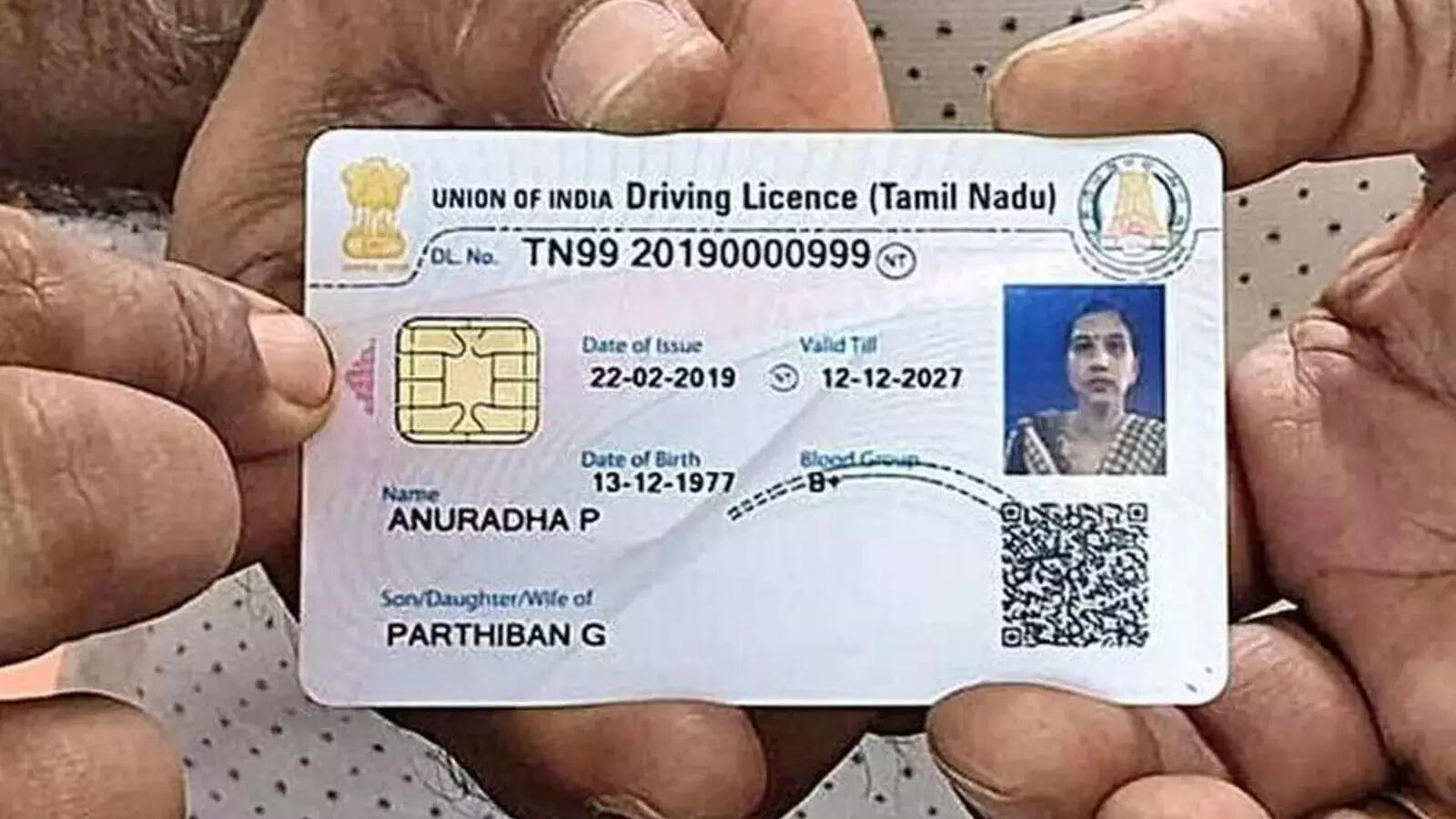Driving License Update: Government Introduces Major Changes To Licensing Rules
The Indian government has recently introduced significant changes to the driving license regulations, allowing 16-year-olds to obtain licenses for certain two-wheelers . This policy update is expected to benefit millions, particularly those in rural areas.
Empowering Youth with New License Rules
In an effort to empower younger individuals, the new regulations now permit 16 to 18-year-olds to apply for driving licenses. These licenses will enable them to ride two-wheelers like motorcycles and scooters. However, there are specific restrictions: the vehicle must have an engine capacity of less than 50 cc and not exceed speeds of 70 kmph. Additionally, for electric vehicles , the power should be limited to 4.0 kW. This change aims to promote the use of electric and eco-friendly two-wheelers among teenagers.
Rural Areas to Reap More Benefits
While the new driving license rules will benefit youth across the country, rural areas are expected to see a more significant impact. In smaller towns and villages, transportation can often be a challenge, with long waits to reach destinations being a common issue. By allowing younger individuals to drive two-wheelers, the government hopes to ease these transportation woes, providing a more convenient means for daily commuting.
Reducing Stress for Rural Teens
One of the most notable benefits of this regulation is the reduced stress for teenagers in rural communities. With the ability to legally drive two-wheelers, they no longer need to worry about being penalized by traffic authorities for lacking a license. This change is expected to facilitate their daily activities and enhance their overall quality of life.
The recent update in driving license rules is a progressive step towards empowering youth and improving transportation in rural areas. By enabling 16-year-olds to drive specific two-wheelers, the government is not only encouraging the use of eco-friendly vehicles but also addressing the unique challenges faced by rural communities.

Empowering Youth with New License Rules
In an effort to empower younger individuals, the new regulations now permit 16 to 18-year-olds to apply for driving licenses. These licenses will enable them to ride two-wheelers like motorcycles and scooters. However, there are specific restrictions: the vehicle must have an engine capacity of less than 50 cc and not exceed speeds of 70 kmph. Additionally, for electric vehicles , the power should be limited to 4.0 kW. This change aims to promote the use of electric and eco-friendly two-wheelers among teenagers.
Rural Areas to Reap More Benefits
While the new driving license rules will benefit youth across the country, rural areas are expected to see a more significant impact. In smaller towns and villages, transportation can often be a challenge, with long waits to reach destinations being a common issue. By allowing younger individuals to drive two-wheelers, the government hopes to ease these transportation woes, providing a more convenient means for daily commuting.
Reducing Stress for Rural Teens
One of the most notable benefits of this regulation is the reduced stress for teenagers in rural communities. With the ability to legally drive two-wheelers, they no longer need to worry about being penalized by traffic authorities for lacking a license. This change is expected to facilitate their daily activities and enhance their overall quality of life.
The recent update in driving license rules is a progressive step towards empowering youth and improving transportation in rural areas. By enabling 16-year-olds to drive specific two-wheelers, the government is not only encouraging the use of eco-friendly vehicles but also addressing the unique challenges faced by rural communities.
Next Story